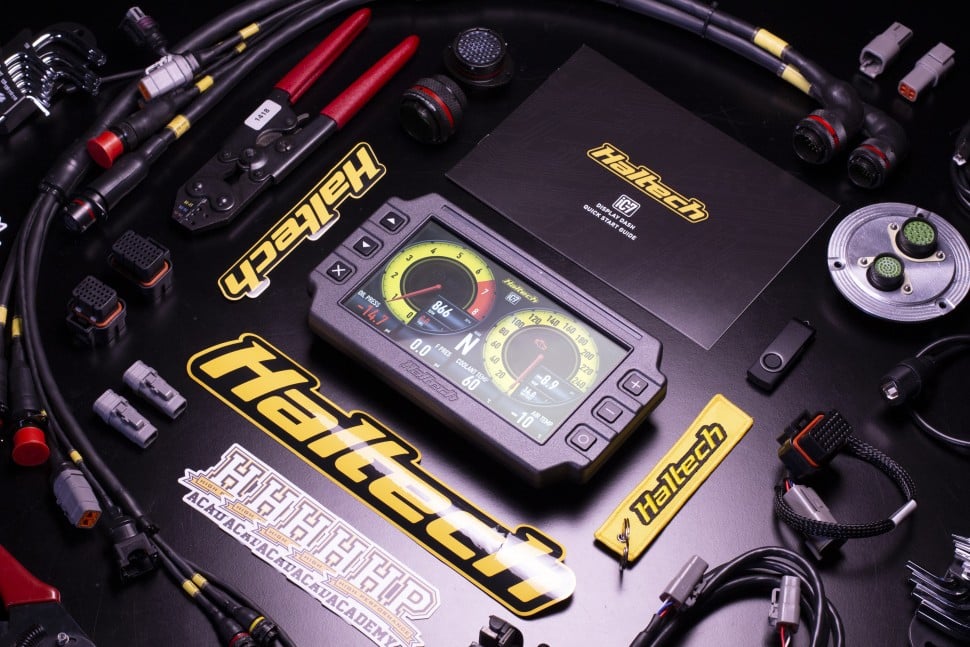For most builds, gone are the days of zip-tying an old Bosch 044 fuel pump into place with a healthy dose of sealant, partly because these days there are simply more options but also because builds have gone from 400hp up to 1000-1500hp+ for many performance street applications, and the budgets have increased to match.
Kevin from Frenchy's Performance Garage runs us through some of the main considerations that go into some aftermarket solutions, including their own for the GTR platform being used as an example.
The 3 main problems Kevin and the team hope to solve with an aftermarket fuel pump setup are:
- Surging (lack of fuel supply)
- Mounting (lack of tidy solutions for popular pump options)
- Powering (easy to source wiring connectors)
We'll take a quick look at these points and touch on how aftermarket solutions can be integrated into your stock fuel lines and what exactly it is about stock solutions that don't work on many street-turned-race cars.
If you're looking to upgrade your cars plumbing system checkout the new motorsport plumbing course. It has all the knowledge you need to get the job done right from start to finish.
------------------------------------
TIME STAMPS:
0:00 - Upgrading A Fuel System
0:13 - Kevin: Frenchys Performance Garage
0:25 - The Problems
0:56 - Why Times Have Changed
1:50 - People Want Quality
2:15 - Quality Also Relevant To Value Now
3:10 - Fuel Surge Tanks
3:50 - Factory Vs Aftermarket Surge Tanks
5:07 - Pump Options/Considerations
6:04 - Fuel Line Fittings
6:53 - Wiring Solutions
8:14 - Thanks Kevin!
8:30 - BUILD.TUNE.DRIVE







Comments
No one has commented on this page yet.